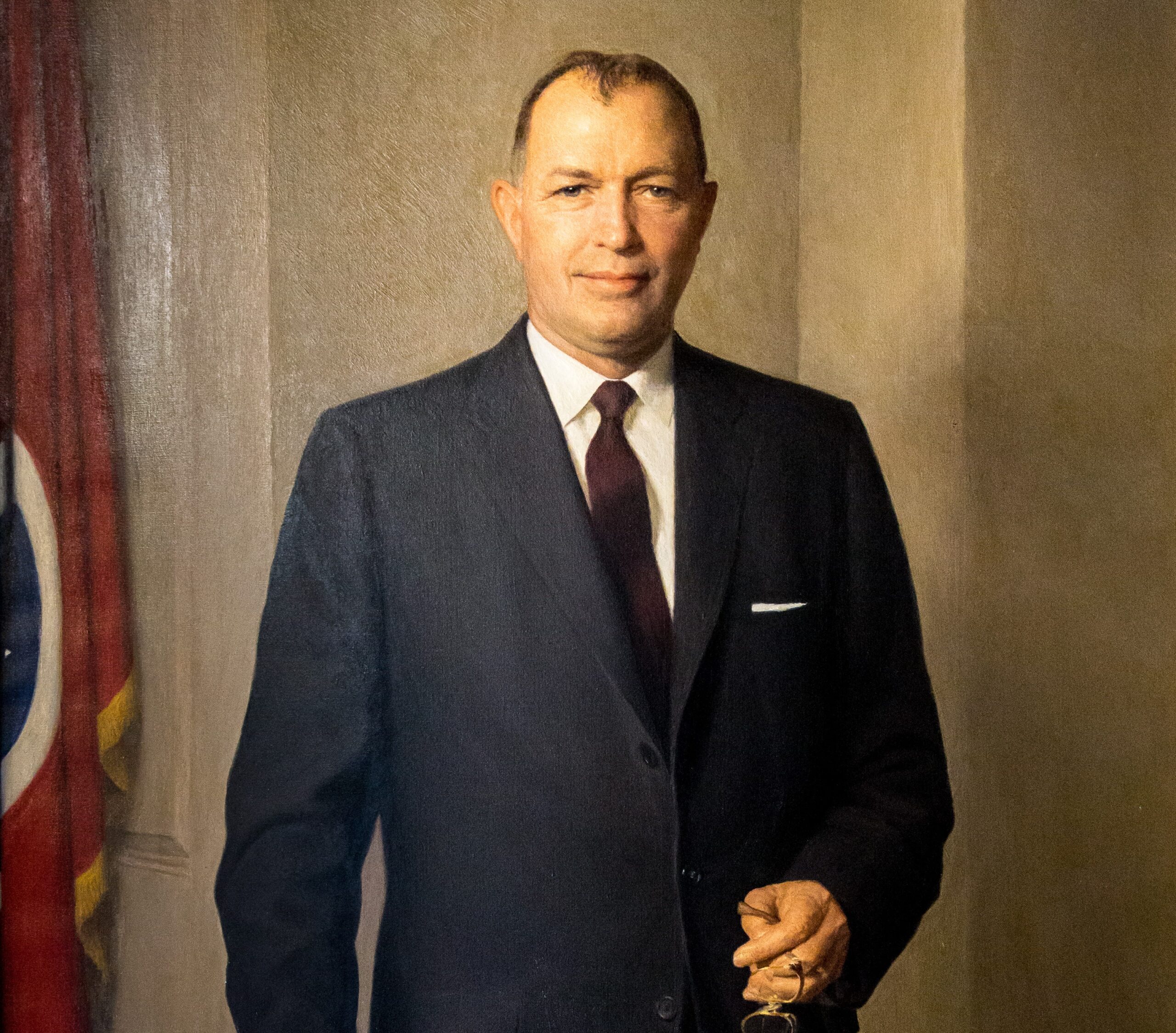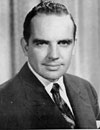Tennessee
Gov. John Calvin Brown
- October 10, 1871 - January 18, 1875
- Democratic/Whig
- January 6, 1827
- August 17, 1889
- Tennessee
- Jackson College
- Married twice--Ann Pointer, Elizabeth Childress; four children
- Army
About
JOHN CALVIN BROWN was born in Giles County, Tennessee and attended school-including Jackson College-in Columbia. He read law in the office of his brother and began a law practice in Pulaski in 1848. A decade later, he was led by ill health to travel abroad for a year. After returning to Pulaski, he followed Tennessee into the Confederacy despite being a Whig and Unionist. Rising to the rank of Major-General, he served at Fort Donelson and was taken prisoner-of-war. After being freed in an exchange of prisoners, he continued to serve the Confederacy in a number of battles. When the Civil War ended, he returned to the practice of law in Pulaski. The leadership that Brown demonstrated as president of the 1870 Constitutional Convention led to his nomination for governor by the Democratic Party. During two terms in office he used his business acumen to manage the state, helping to reduce Tennessee’s bonded debt and paying the floating debt of $3 million. He also sponsored legislation providing for state, county, and city school superintendents, levying taxes to pay for the school system. After an unsuccessful attempt to secure a seat in the U.S. Senate, he retired from politics but was successful in business, eventually becoming president of the Texas Pacific Railroad Company, general solicitor of the Jay Gould system of railroads west of the Mississippi, and president of the Tennessee Coal and Iron Company. At the age of sixty-two, in failing health, he left Nashville to recuperate in Red Boiling Springs, where he died. He was buried in Pulaski.
Source
The National Cyclopaedia of American Biography, Vol. 7. New York: James T. White & Company.
Philips, Margaret I. The Governors of Tennessee. Gretna, LA: Pelican Publishing Company, 2001.
Sobel, Robert, and John Raimo, eds. Biographical Directory of the Governors of the United States, 1789-1978, Vol. 4. Westport, CT: Meckler Books, 1978. 4 vols.
White, Robert H. Messages of the Governors of Tennessee, 1869-1883. Nashville: The Tennessee Historical Commission, Vol. 6, 1952.
-
Brother of Tennessee Governor Neill Smith Brown











